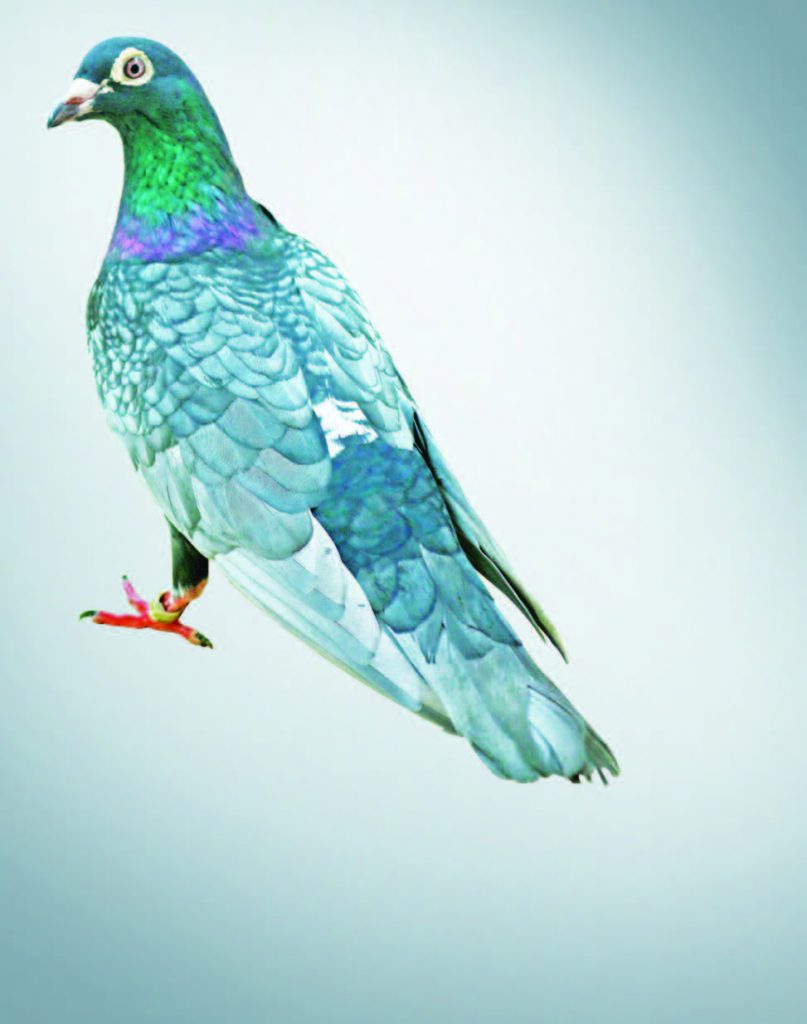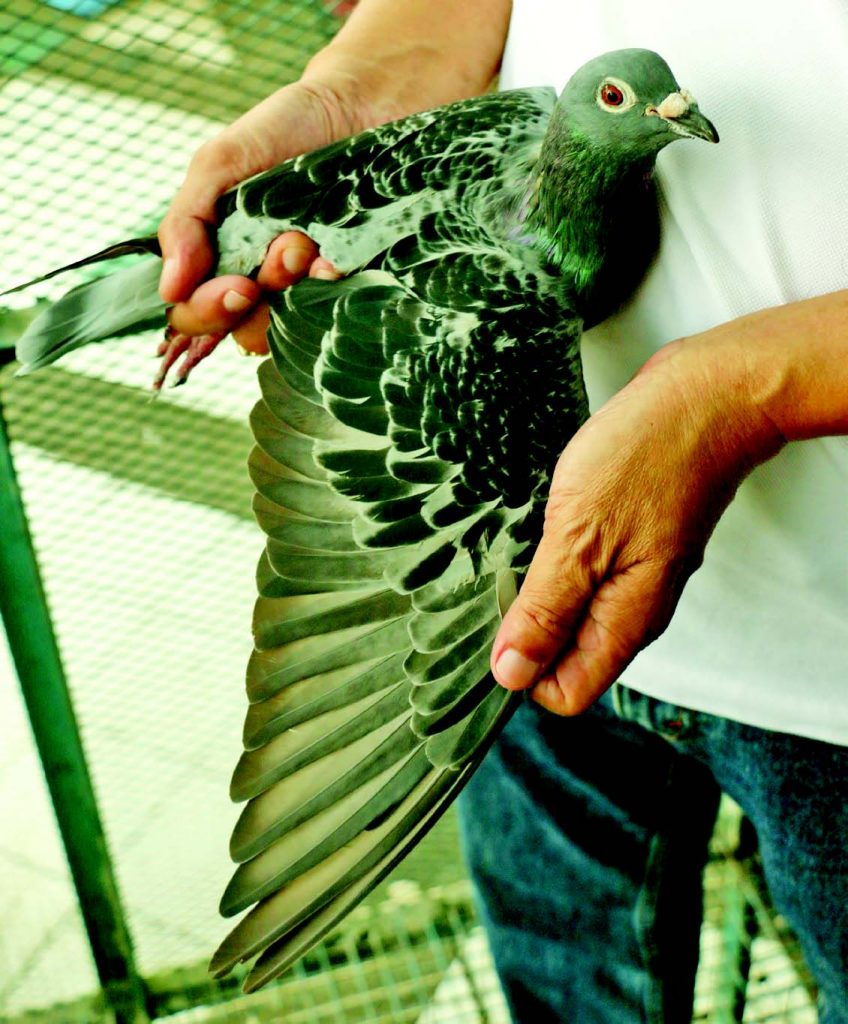In August 2017, a pigeon named Mr. Fantastic by Daniel Bucaciuc was sold in an auction for an outstanding price of €500 thousand (or R30 million). The pigeon gained fame after winning the First National Ace Pigeon Long Distance Koninklijke Belgische Duivenbond (KBDB). A few months earlier in March, a pigeon from the loft of Gino Clique was also sold at auction for €360 thousand (R21 million). The pigeon, Golden Prince, a top long- distance race pigeon with outstanding pedigree and race records including being a first-placer in the aforementioned race in 2014 was bought by Mark Kitchenbrand and Samuel Mbiza, both from South Africa, who pitched together their resources so they could secure what was to them the best pigeon.

In a small loft in Manila, a new fancier asked a long-time fancier friend if he could buy one of the latter’s pigeons — a hatchling who is the product of a South Race overall champion hen crossed with a cock, also a South Race lap champion. The fancier friend did not have a big loft, but his pigeons were consistently winning races every year. The new fancier’s budget was small as he had just started did not have enough funds to buy from big lofts, but the fancier friend obliged the request and sold, at a reasonable price, a pair of pigeons to the new fancier.
Such was the enthusiasm of many pigeon fanciers to secure the best pigeons that their resources could afford. It could be as expensive as three Lamborghini cars, or as affordable as a meal in a restaurant. But having a good quality racing pigeon is very important if you want to succeed.
The right bird

Choosing the right bird is like dating, but with more serious matters to consider than just having a fun night out with a special someone. Before purchasing your pigeon, you have to make sure of the following: an excellent bloodline that suits your racing preference, a good pedigree, a good wing, eyes and body conformation, and above all, excellent health.
Which race, which pigeon?
Anyone who wants to join the pigeon racing sport must know what kind of race they prefer to join. In the Philippines, there are generally two kinds: short-sprint and long-distance. Of course, there are middle- to long-distance races, but usually, the middle distance races are part of a race derby that culminates with the last lap being a long-distance race. So, if your goal is to win as an over-all champion, then you must find a pigeon that performs well in middle- to long-distance races.

The reason why I consider the kind of race you want to join is simple: some pigeon bloodlines perform well in sprint races and some are excellent for long-distance races. Famous pigeon breeders in the country and abroad will tell you that sprint pigeons and long-distance pigeons have different wing and body conformation that suits the kind of race they excel in. Generally, a pigeon that would serve you best for sprint races are pigeons with a wide but stocky body, a round chest, and short wings and primaries. They’re usually well-muscled. These pigeons can exert tremendous amount of energy for speed flying but can sustain it for only a short distance, which makes them excellent for speed flying.

A long-distance racing pigeon, however, usually has more wings than body: the wings are longer, the body small to medium in size. This preference is backed by several studies, the latest of which Skyis a 2017 study, Connection among Body Measurements and Flying Speed of Racing Pigeon, published at the Szent István University in Budapest, Hungary. It said, “Longer wings result in higher speeds and lower body condition losses.” The authors explained this observation by discussing that “the body weight disperses better over a larger wing allowing the bird to access greater forces for better flight”.
This appeared in Animal Scene magazine’s December 2018 issue.






